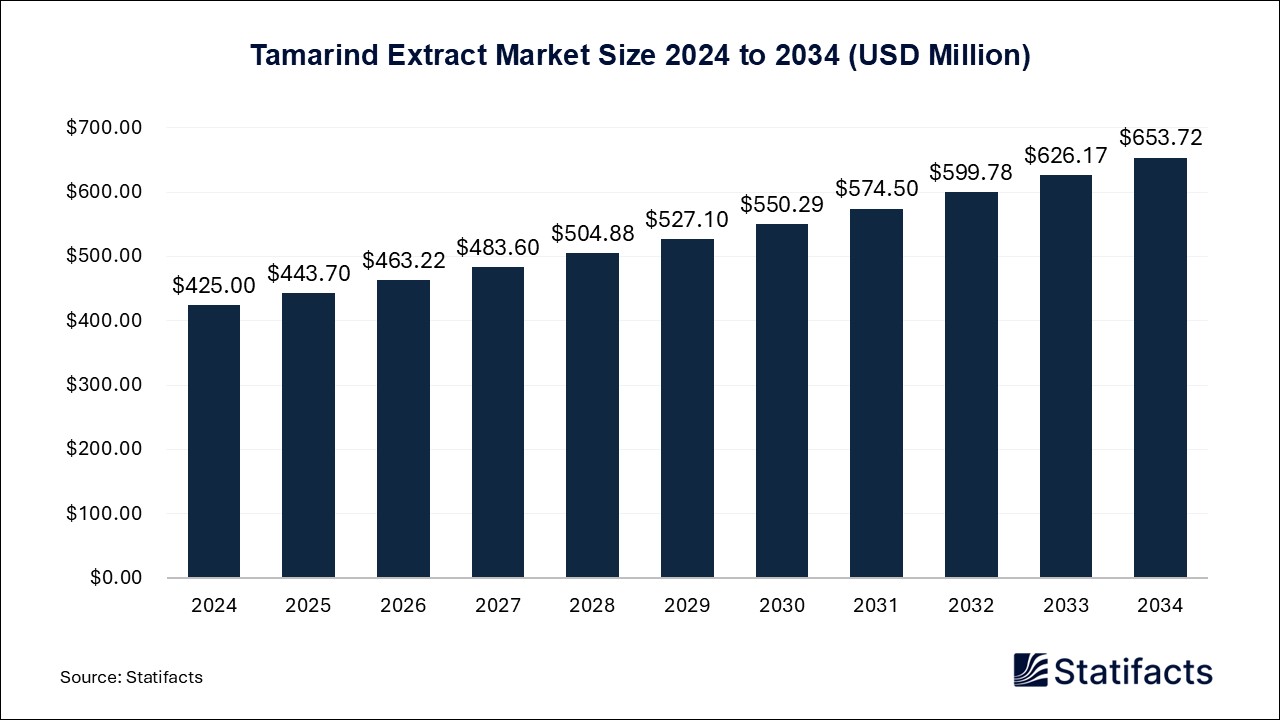

Our customers work more efficiently and benefit from
The global automated microbiology market size surpassed USD 7,700 million in 2024 and is predicted to reach around USD 21,380 million by 2034, registering a CAGR of 10.75% from 2025 to 2034.
| Industry Worth | Details |
| Market Size in 2025 | USD 8,530 Million |
| Market Size by 2034 | USD 21,380 Million |
| Market Growth Rate from 2025 to 2034 | CAGR of 10.75% |
The automated microbiology market refers to the production, distribution, and application of automated microbiology which is a process where a machine or equipment can function without human interference or minimal human interference. The term ‘automation in microbiology’ is used for reference to processes and workflows that use machinery for inoculation, incubation, and imaging and thus have much reduced manual hands-on time per sample. Automation is a technique of making an apparatus, a process, or a system operate automatically.
Automation can lead to increased efficiency, enhanced quality, cost savings, increased safety, and data collection and analysis. Microbiological automation offers many benefits including improving productivity, standardization, traceability, and efficiency and allowing a general decrease in turnaround time (TAT). The benefits of automated microbiology also include providing quick data access & audit trials, allowing efficient specimen tracking, improving test quality & accuracy, improving lab safety, improving productivity, safety, and TAT, and boosting staff efficiency & reducing human error.
The rising prevalence of infectious diseases and the increasing need for prompt and accurate diagnostics lead to increased demand for rapid test solutions, which drives the growth of the automated microbiology market. The potential value of these instrumentation includes the possibility of substantial cost savings, standardization of initial specimen processing, more rapid and consistent provision of both identification and antimicrobial susceptibility test results, and diminished risk for laboratory-acquired infections.
Automated microbiology systems offer rapid and reliable detection of pathogens, allowing timely intervention and treatment. This technology offers rapid, accurate, and inexpensive identification of microorganisms isolated from clinical specimens. These procedures are highly amenable to automation because they are relatively simple, do not change based on organism, and are reproducible. It helps to improve the accuracy of results. Automated systems have helped to minimize human errors by more than 70% while delivering consistently accurate results. This is mainly important in clinical environments, where the obtained results can have a direct knock-on effect on patient care.
Rising investment in healthcare infrastructure is driving the growth of the automated microbiology market. The benefits of investing in health and wellness related sectors include a focus on quality-of-life increases, wellness too shows prospects for growth. This growing demand is driven by demographic trends like as an aging population, which generally requires more medical care, medications, and long-term care services.
A developed health infrastructure also guarantees a country of strong and healthy manpower for the production of goods and services. Health infrastructure includes advanced machines, specialist nurses, and other paramedical professionals and developed pharmaceutical industries. Infrastructure investment also leads to increased productivity as it allows the smooth flow of goods and services, reduces transaction costs, and improves the efficiency of production processes.
Rising need for improving workflow driving the growth of the automated microbiology market. A workflow is a sequence of tasks, steps, or processes used to accomplish a specific goal. It is important because it streamlines work, increases efficiency, reduces errors, and helps in tracking and managing tasks effectively. The benefits of workflow applications include enhanced transparency, increased agility, data accuracy, increased productivity, improved quality, lower costs, and increased efficiency. The benefits of workflow management systems also include key cost reductions, improved customer satisfaction, better visibility and tracking, streamlined business processes, and enhanced internal communication.
Published by Laxmi Narayan , March 2025
For any questions about this dataset or to discuss customization options, please write to us at sales@statifacts.com
| Stats ID: | 8129 |
| Format: | Databook |
| Published: | March 2025 |
| Delivery: | Immediate |
| Price | US$ 1550 |



| Stats ID: | 8129 |
| Format: | Databook |
| Published: | March 2025 |
| Delivery: | Immediate |
| Price | US$ 1550 |

You will receive an email from our Business Development Manager. Please be sure to check your SPAM/JUNK folder too.

Unlock unlimited access to all exclusive market research reports, empowering your business.
Get industry insights at the most affordable plan
Stay ahead of the competition with comprehensive, actionable intelligence at your fingertips!
Learn More Download
Download
